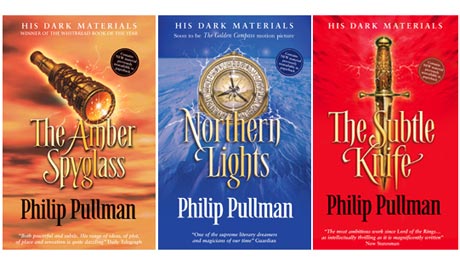It’s already April, and the Marketing final is only 3 days away. Looking back on everything we’ve learned, I’ve managed to sum up a few key messages that will definitely stay with me for years to come.
Marketing, like most things in life, is dependent on the situation. There isn’t a solution that solves every problem but a set of guidelines and factors to consider.
I used to think that all marketing entailed was advertising, but this course has made me realize that how much more there is to marketing. Marketing is about communicating with your audience, your consumers. Everything that marketers do revolves around selecting an audience, selecting the right message and the right channels to communicate with them in order to maximize your own value in their eyes. With that basic understanding of marketing, it always leaves me scratching my head when an organization tries to justify unethical practices through its seemingly positive intention. When so much depends on how the audience perceives and decodes the message, it should not just be about what the marketer intended them. It’s important to put yourself in the shoes of your audience and think about whether the message will be interpreted you way you intended it to be.
Finally, this course has given me another opportunity to work with team and apply everything we’ve learned to our own marketing plan project. I believe that the most valuable part of working in a team is having someone challenge your ideas. It concerns me when everyone comes to an agreement too quickly, without any debate. It’s only through the constant polishing of debates, discussions, and respectful disagreement can the best idea emerge with the combined perspective of everyone on the team. When a team simply tries to execute the idea of one person, it will be no better than a solo project.
“Whenever you find yourself on the side of the majority, it is time to pause and reflect.”
-Mark Twain






